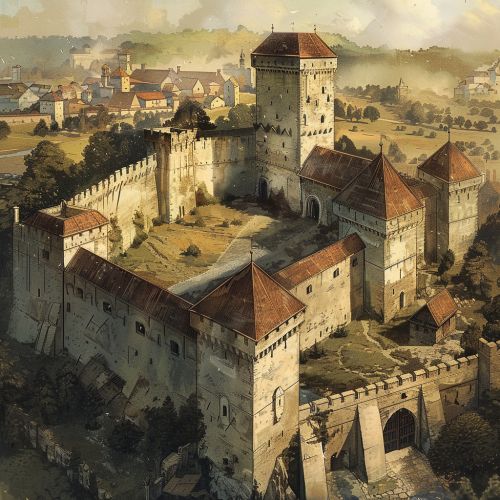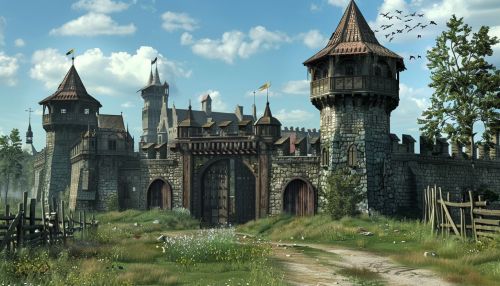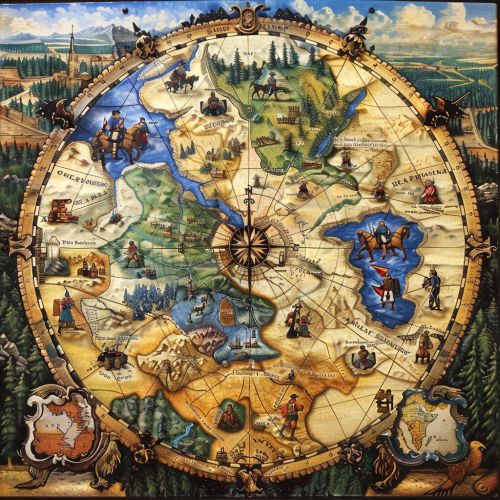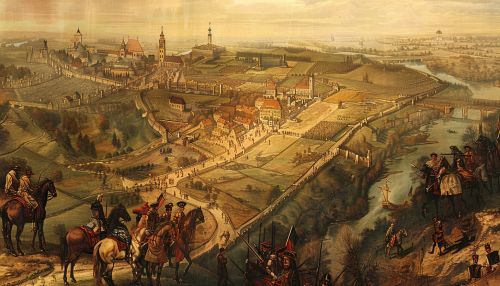History of Poland
Early History
The history of Poland dates back to the arrival of the Slavs, who established permanent settlements on the Polish lands during the Early Middle Ages. The first ruling dynasty, the Piast Dynasty, emerged in the 10th century. Duke Mieszko I is considered the de facto creator of the Polish state and is widely recognized for the adoption of Western Christianity that followed his baptism in 966.


Kingdom of Poland
In 1025, Poland became a kingdom under the rule of Bolesław I the Brave, and expanded its territories to include parts of what is now Ukraine, Belarus, and western Russia. The Kingdom of Poland was a leading player in the complex political landscape of Eastern Europe, often clashing with the Teutonic Knights and the Holy Roman Empire.
Jagiellonian Era
The Jagiellonian Dynasty (1386–1572) marked a period of political and cultural prosperity for Poland. The union with Lithuania under the Union of Krewo (1385) created a large multinational federation, the Polish-Lithuanian Commonwealth, which dominated Eastern Europe for the next three centuries.
Polish-Lithuanian Commonwealth
The Polish-Lithuanian Commonwealth was a unique political entity characterized by a system of "Golden Liberty", a semi-democratic parliamentary monarchy. The Commonwealth was known for its religious tolerance, codified legal system, and significant cultural and scientific achievements.
Partitions of Poland
The late 18th century saw the Partitions of Poland by the Kingdom of Prussia, the Russian Empire, and Habsburg Austria. Despite numerous attempts at resistance and uprisings, Poland disappeared from the map of Europe for 123 years.


20th Century
Poland regained its independence in 1918 after World War I. The interwar period of the Second Polish Republic was marked by territorial disputes and minority issues. The outbreak of World War II and the horrors of the Holocaust had a devastating effect on Poland, with nearly six million Polish citizens losing their lives.
Post-War Period
After World War II, Poland became a communist state under Soviet influence. The Solidarity Movement in the 1980s led to the peaceful transition to a democratic government and market economy, known as the Polish Round Table Agreement in 1989.
Modern Poland
Today, Poland is a democratic country with a stable market economy. It is a member of the European Union, NATO, and the United Nations, playing an active role in regional and global affairs.
